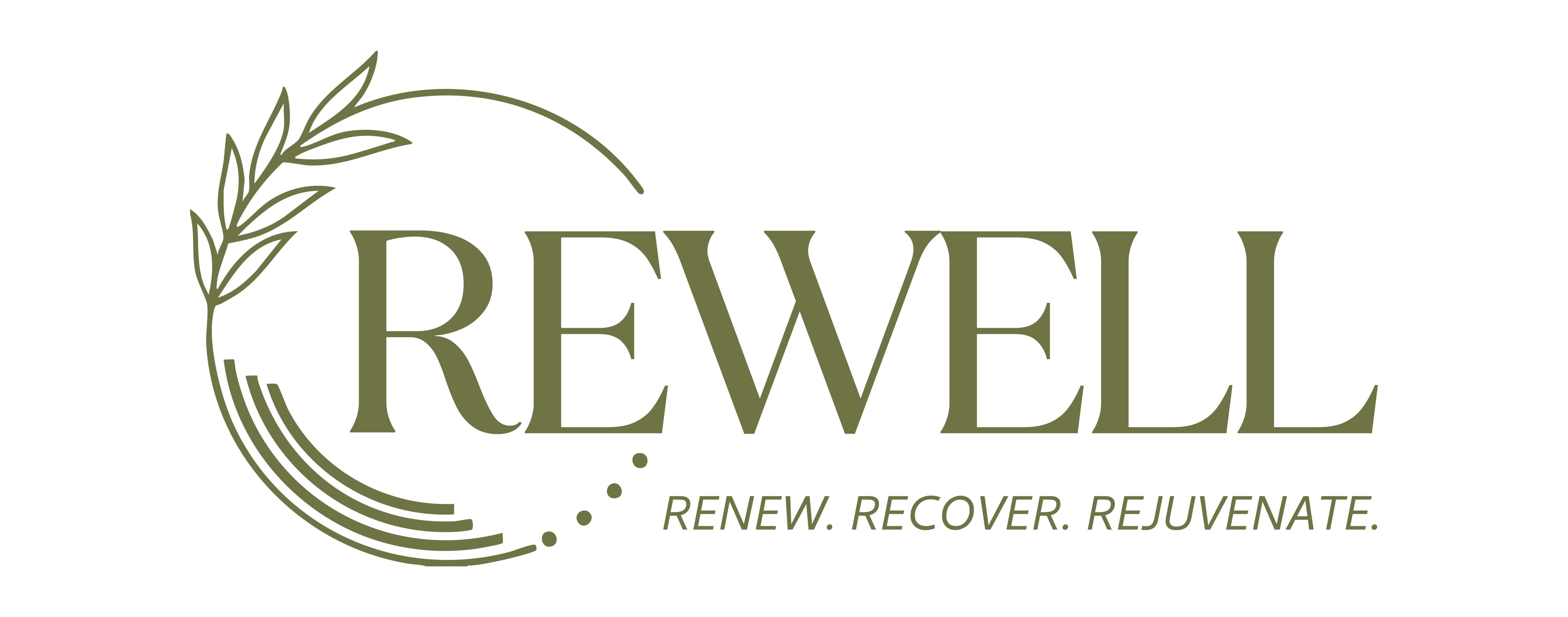
Insights That Heal - Naturally
Explore trusted tips, breakthrough therapies, and inspiring stories to support your journey to real wellness — from the inside out.
The Healing Space

Why hyperbaric oxygen therapy may be the game-changer for contact sport athletes
Accelerating Recovery in Rugby: What the Latest HBOT Research Tells Us
The pressure on rugby players and the recovery challenge
In high-impact sports like rugby, players face enormous physical demands: collisions, muscle strains, ligament injuries, head impacts, post-game fatigue. When a player is sidelined it’s not just a health issue - it's performance, team dynamics and finances. The question is: Can we help athletes heal quicker, safely return to play and maintain peak performance?
That’s where hyperbaric oxygen therapy (HBOT) comes in. The idea is simple: breathing 100 % oxygen under elevated pressure increases oxygen delivery to tissues, which supports cellular repair, reduces inflammation and may accelerate healing. Multiple studies in sports medicine are now pointing to real benefits. Let’s dig into the evidence — especially for contact sports and rugby-style injuries.
What the research says: Four key studies
1. Late-stage post-concussion / mild TBI in civilian & military subjects
One of the recent papers (PMID 32189664) examined HBOT (40 sessions at ~150 kPa) in subjects with mild traumatic brain injury (mTBI) and persistent post-concussive symptoms. The results: improvements were seen in post-concussion and PTSD symptoms, memory/cognitive function, sleep, quality of life when compared to control.→ This shows HBOT’s potential beyond musculoskeletal injury: in brain health, cognition & recovery of contact sport athletes.
2. Early intervention mTBI/post-concussion study (PMID 30950414)
This multi-centre observational study reported that earlier HBOT, younger age and more sessions were associated with better outcomes. Subjects improved across multiple neuro-cognitive test measures.→ For rugby players, this suggests early referral to HBOT after head trauma may yield better long-term outcomes.
3. Sports-related TBI/CTE case reports (PMID 22146303)
Two case reports of athletes (football players) treated with HBOT (1.5 ATA) revealed improved cognitive results and brain imaging signs of improved blood flow many years after injury.→ While case studies don’t carry same weight as RCTs, they point to HBOT’s promise in chronic contact-sports brain injury scenarios.
4. Musculoskeletal injury in rugby / ligaments: non-randomised study
One Japanese study of pro/semi-pro rugby players with grade-2 MCL knee injuries found that the HBOT group returned to play in ~31.4 days vs ~42.1 days in non-HBOT group. ResearchGate→ This directly relates to rugby-style ligament injury and suggests HBOT may accelerate return-to-play in contact sport injuries.
Key themes emerging
Faster return to play / reduced downtime – in ligament/muscle injuries the HBOT-group outpaced controls.
Cognitive recovery in contact sport / TBI zone – HBOT shows meaningful improvements even in delayed or chronic cases.
Better tissue oxygenation → better repair – biologically plausible mechanism: HBOT boosts oxygen saturation, supports angiogenesis, reduces oedema, stimulates fibroblasts. PubMed+2PubMed+2
Timing matters – earlier intervention (especially in brain injury) appears to correlate with better outcomes.
What this means for rugby players & teams
For coaches, physiotherapists, strength & conditioning staff and players in rugby (or any high-impact collision sport) the take-homes are:
If a player sustains a serious soft-tissue injury (ligament, muscle tear), consider HBOT as part of the rehab protocol. It may help reduce return-to-play time.
After a concussion or suspected head acceleration event, early HBOT referral might improve cognitive recovery and reduce long-term consequences.
HBOT should be integrated with standard rehab (physio, load management, neuromuscular training) — not as a stand-alone miracle.
Ensure HBOT is administered in a medically certified chamber with protocols appropriate for sports injury (e.g., pressure, session number).
Track return-to-play metrics, cognitive testing, imaging (where possible) to monitor effectiveness.
How HBOT works: a brief “how and why”
Under pressure, oxygen dissolves more readily in plasma → more oxygen delivered to hypoxic tissues.
Improved micro-circulation, less oedema.
Enhanced fibroblast activity, collagen formation → faster soft tissue repair.
In neural tissue: improved perfusion, neuroplasticity, possible angiogenesis (formation of new vessels).
Reduced inflammation, oxidative stress and possibly improved mitochondrial function (recent research in master athletes showed improved VO₂max and mitochondrial respiration with HBOT). SpringerOpen+1
Conclusion
In the world of elite rugby, where every day off the field counts, Hyperbaric Oxygen Therapy is emerging from the fringe into a credible recovery-tool with scientific backing. The research we’ve reviewed shows real promise — faster healing of ligament/muscle injuries, improved cognitive recovery after head trauma and enhanced tissue repair at a cellular level.
If you’re working in rugby, contact sports or high-impact athletics, integrating HBOT into your recovery protocols could give you the edge — not just in returning players faster, but in maintaining performance, reducing re-injury risk and safeguarding long-term brain health.

Ready to Feel Better?
Book your first session, enquire about a hyperbaric oxygen chamber rental, or get in touch. Wherever you are in your wellness journey, we’re here to help.
GET IN TOUCH
EXPLORE HBOT OPTIONS
- Choosing a selection results in a full page refresh.
- Opens in a new window.

